Most often, patients come to take a biochemical blood test in full confidence that they have no serious health problems. And even after the doctor reports the news about a significantly increased creatinine in the blood, rarely does anyone seriously begin to sound the alarm. Meanwhile, this is one of the most serious indicators of a biochemical blood test, which signals serious problems with the kidneys. In some cases, this is the main symptom of the development of chronic renal failure. The patient will have to change his lifestyle once and for all so as not to become disabled. A diet with a high content of creatinine in the blood is one of the main conditions for maintaining working capacity and normal health.
What is creatinine and urea
Creatinine is a substance that manifests itself as a result of the breakdown of creatine phosphate. It is possible to determine the level of a given substance in the blood using a biochemical blood test. For a more complete clinical picture, urine analysis is often also required. Creatinine is the main indicator that reports on the condition of the kidneys.
Urea is released during the breakdown of nitrogenous compounds in the body. Urea boosts often go hand in hand with an overwhelming creatinine index. This is the second most important indicator, the increase of which indicates a serious disadvantage with the organs of the urinary system.
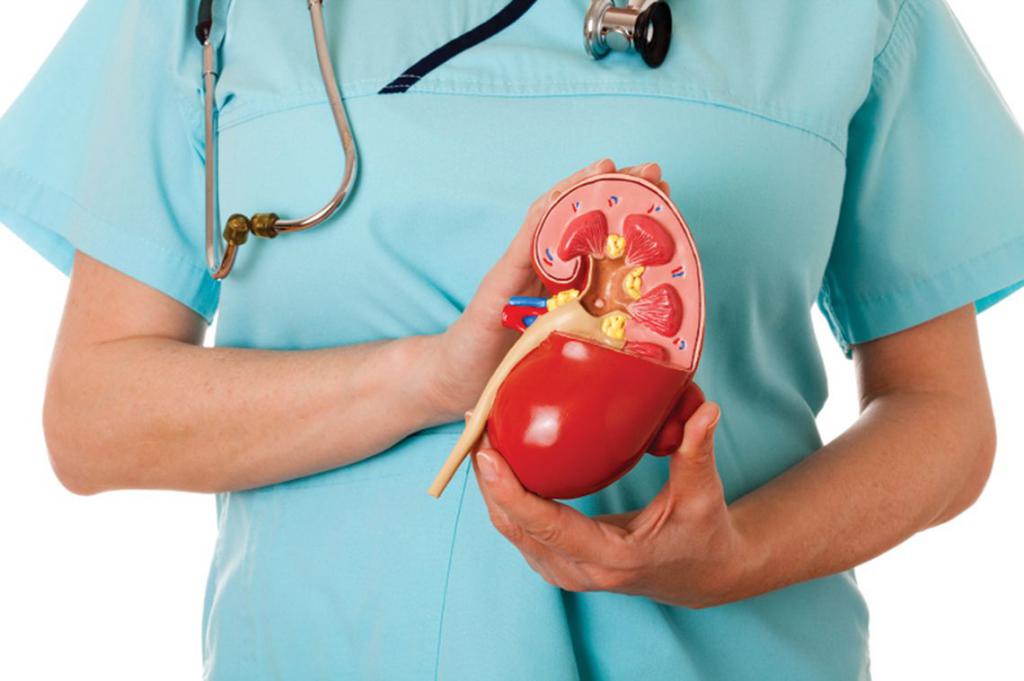
What do these indicators say in a blood test
An increase in creatinine and urea most often indicates either severe protein intoxication, or the development of chronic renal failure. Sometimes such a clinical picture develops with acute pyelonephritis or glomerulonephritis.
Elevated creatinine may also indicate the following diseases and conditions:
- radiation sickness;
- hyperthyroidism;
- myocardial infarction;
- ammonia poisoning;
- physical fatigue at the time of blood donation.
You can not hesitate with hospitalization if the creatinine level has risen above one hundred units. Lack of adequate treatment can cost a patient life.

What is chronic renal failure?
This is a condition in which the kidneys lose their functionality. As a result, the body is in the midst of severe intoxication. Do not underestimate this condition: if you do not take any measures to treatment, after a few days the patient expects a fatal outcome.
In parallel with an increase in creatinine and urea, the following occurs. The patient feels jumps in blood pressure, severe muscle weakness, lack of normal urination, dizziness. A person cannot work and lead a familiar lifestyle. He should immediately go to the department of neurophrology to make an accurate diagnosis.
Therapies for chronic renal failure
Today, modern medicine offers only two ways to solve the problem: kidney transplantation or being on hemodialysis (the process of artificial blood purification).
Both of these methods include finding the patient on a diet. With increased creatinine, this is a necessary condition. Follow all the rules of medical nutrition in order to remain sufficiently functional and not suffer from constant weakness, pressure surges and dizziness.
So, if creatinine is elevated, which diet will help normalize the condition? It is worth noting that the proper nutrition scheme for this disease has been developed for a long time.
The basic principles of the diet for kidney failure and increased creatinine are described in the "table number 7" according to Pevzner. Any nephrologist will inform his patient about the need to strictly follow the rules of this diet for the rest of his life. Even if a kidney is transplanted and the condition of a sick person stabilizes, you still have to abandon the use of certain foods and drinks once and for all.
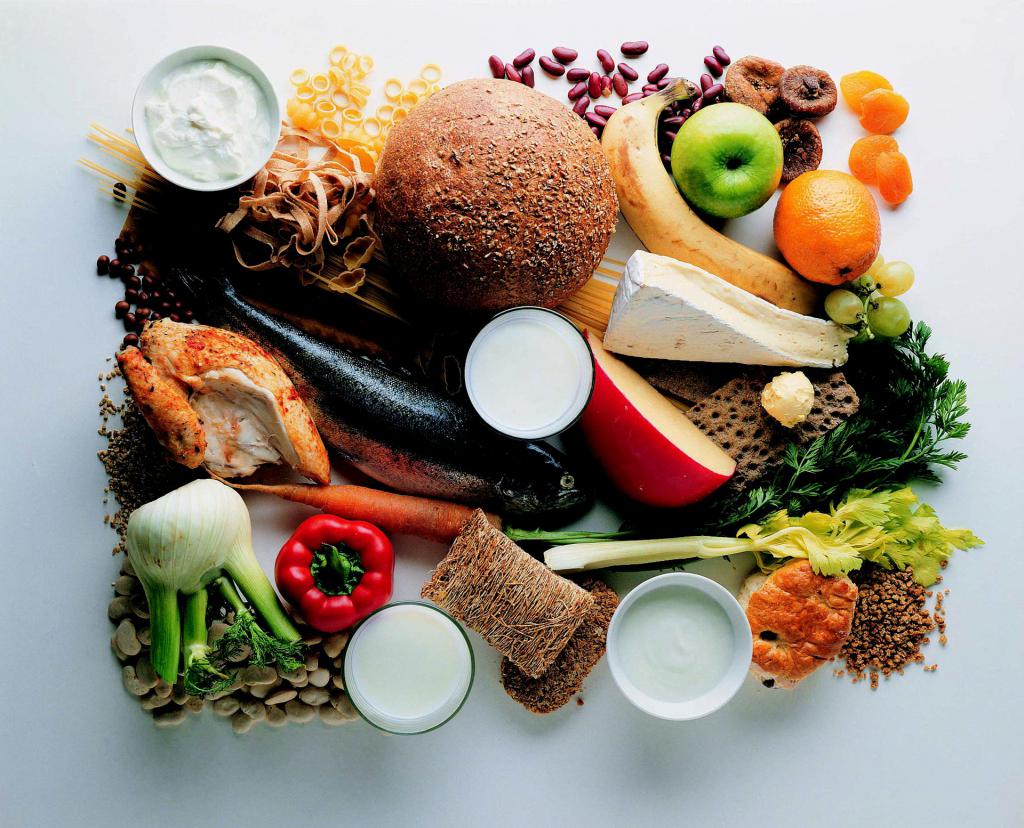
The basic principles of a therapeutic diet
Dieting with elevated blood creatinine should be based on several fundamental principles:
- The main condition is the restriction of protein of animal and vegetable origin. The daily diet should contain no more than 60 grams of nutrient. The basis of nutrition should be carbohydrates. Proteins are highly toxic to the kidneys and create an unnecessary load on the organs of the urinary system.
- If the patient has previously been involved in weightlifting and took high-protein supplements, then you will have to give up your hobby. Taking protein shakes on a diet with increased creatinine is prohibited.
- Adequate drinking regimen is an important condition for well-being with increased creatinine. The amount of liquid (pure water) per day should ideally be 30 ml per 1 kg of weight. Moreover, the liquid from the first courses, borsch, soups, milk, kefir, coffee and tea is not taken into account. If it is difficult to drink such an amount, then at least one should drink at least one and a half liters of pure water.
- If an increase in creatinine is accompanied by jumps in blood pressure, dizziness, salt should be almost completely abandoned. If there are no such problems, then you should just avoid salty and spicy dishes and food. Of course, it is forbidden to eat chips, salted crackers and fish and other similar products.
- A common mistake is to completely cut back on protein in the diet. This is a real blow to the body. You should buy a kitchen scale and weigh each piece of meat or fish. Now you have to constantly calculate the amount of nutrients in the diet. This rule will help to find excellent health and restore former performance.

Sample menu for the week
The example of the menu below is neutral, you can optionally rearrange the dishes and change the meal time. This is just a kind of diet template with increased creatinine in the blood and urea in women and men.
- Monday: vegetable stew, protein of one chicken egg, a pack of low-fat cottage cheese, lean meatless borscht, packing of dietary bread rolls from whole-grain or rye flour, whole-grain flour pancakes without adding fat, a couple of oranges or other citrus fruits, oatmeal with dried fruits.
- Tuesday: buckwheat porridge with skim milk, two apples, a vegetable salad seasoned with vegetable oil, vegetable soup, a cottage cheese casserole with whole grain flour.
- Wednesday: oatmeal with dried fruits, a pack of low-fat cottage cheese, pilaf with chicken, a cup of yogurt, an apple and cinnamon, baked in the oven, seafood salad with vegetable oil.
- Thursday: diet omelet with tomato and herbs, lean borscht, vegetable stew, celery smoothie, a glass of yogurt, grilled mackerel.
- Friday: buckwheat porridge with skim milk, packing of dietary bread from whole grain or rye flour, salad dressed with vegetable oil, vegetable puree soup, rice porridge with dried fruits; a piece of grilled fish fillet.
- Saturday: a handful of your favorite nuts (no more than 50 grams), vegetable soup, cottage cheese casserole with whole grain flour, one boiled chicken egg, vegetable stew, a glass of kefir.
- Sunday: diet omelet with cauliflower and broccoli, lean borsch, cucumber salad with vegetable oil, fruit smoothie, baked apple with cinnamon, a glass of fermented baked milk.
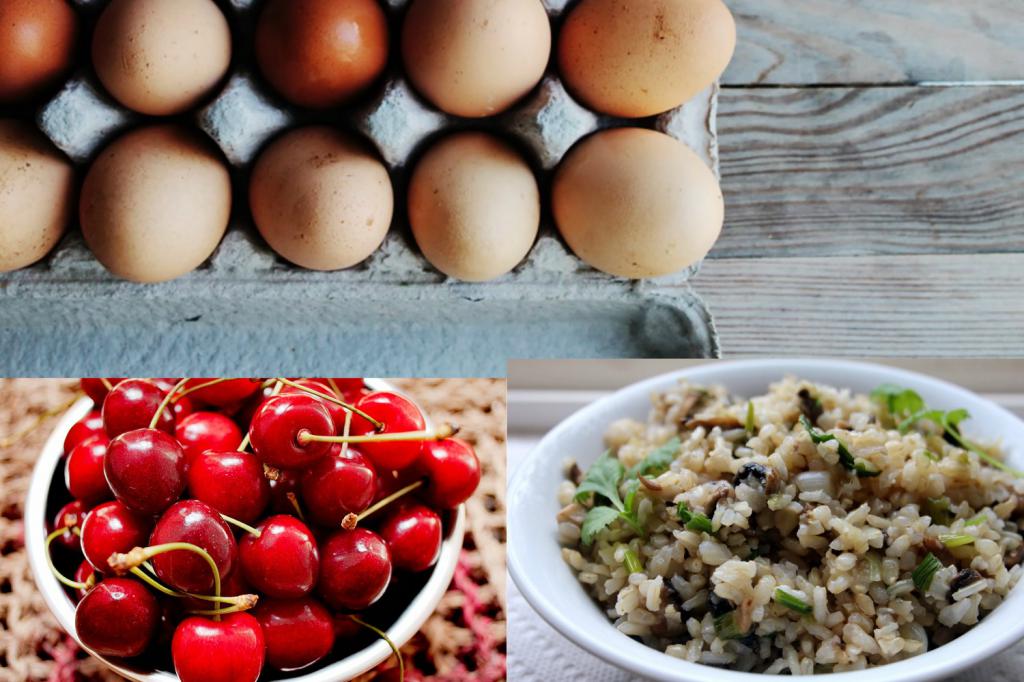
Diet with increased blood creatinine in men and women
There are no serious differences in relation to gender. Men usually have more muscle mass, so it is permissible for them to increase the level of protein in the diet to 70 grams. This is the maximum number for athletes with a total body weight of more than one hundred kilograms. Of course, in connection with the disease, over time there will be a decrease in muscle mass.
Women with low body weight - about 45-55 kg - should limit their protein intake to a maximum value of 50 grams per day. If the condition is acute, then trimming to 30-35 grams may be necessary.
It makes no difference which protein is considered to be of animal or plant origin. Both species are toxic in kidney damage and stimulate the load, which inevitably leads to an increase in creatinine and urea.
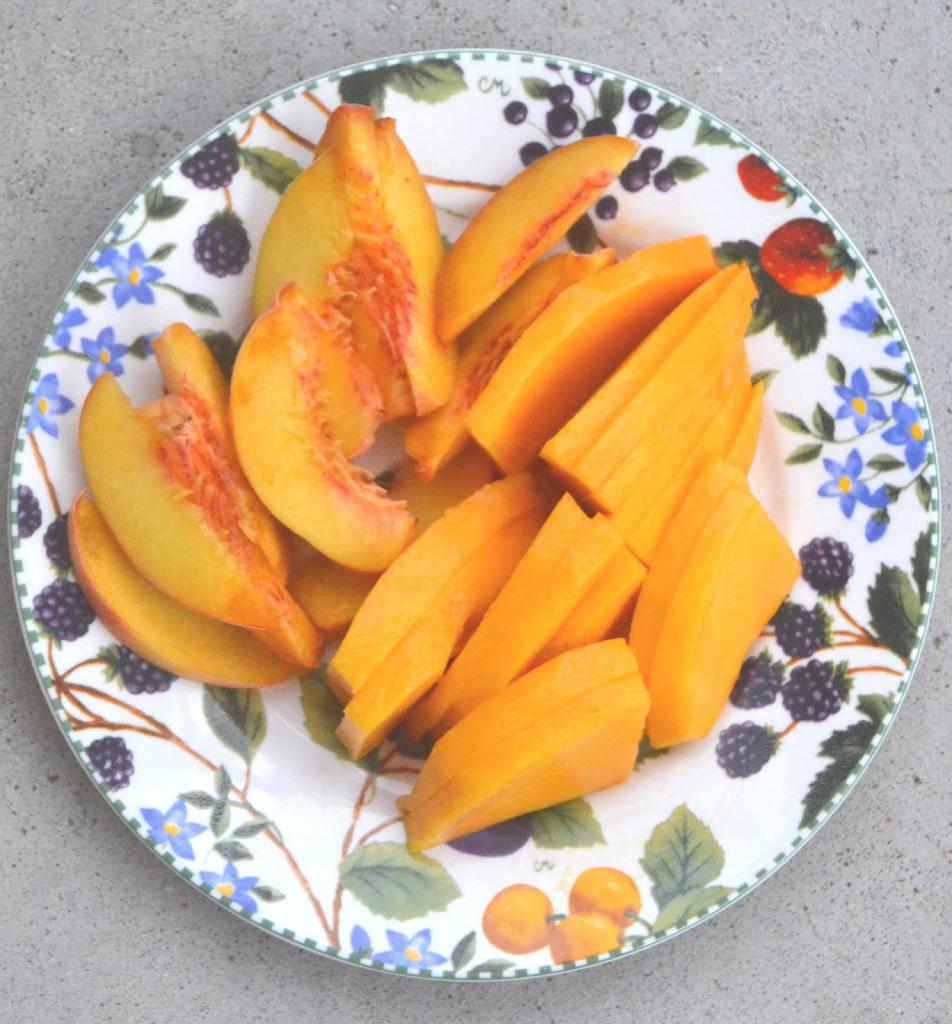
List of allowed products
Products that are allowed to be consumed on a diet with kidney failure and increased creatinine:
- low potassium fruits;
- vegetables;
- lean meats (not more than one hundred grams per day);
- chicken egg protein (not more than one per day);
- low fat dairy products;
- berries;
- low-fat varieties of fish - not more than one hundred grams per day;
- nuts - not more than fifty grams per day and not more than once a week;
- porridge from buckwheat, oats, rice;
- vegetarian cereal and vegetable soups, including cabbage soup, borsch and beetroot soup.
Prohibited Products List
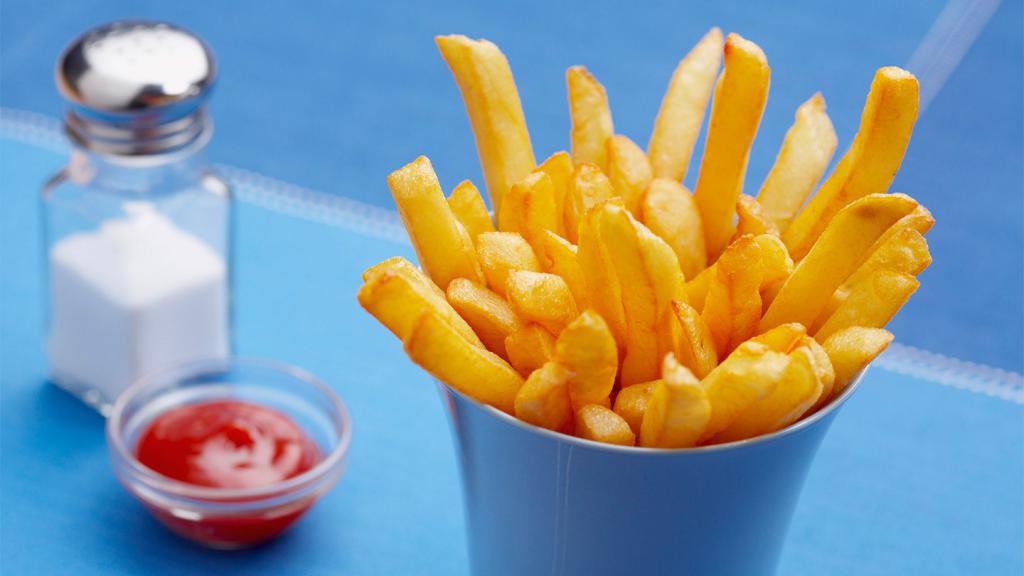
Products that are forbidden to eat on a diet with kidney failure and increased creatinine:
- fat meat;
- dietary meat in an amount of more than one hundred grams per day;
- fried and fatty dishes;
- fast food;
- any canned food;
- spicy seasonings, monosodium glutamate, horseradish.
It should be noted that protein and creatine are found in different types of meat in different quantities. Based on this information, you should build a diet on a diet with increased creatinine:
- the highest creatine content in venison, elk and boar meat;
- in second place - the meat of a hare, pigeons and wild ducks.
- in third place dietary meats are turkey, chicken, rabbit;
- the lowest content in fish with low fat content - hake, pollock, mackerel. Herring and salmon species of fish are characterized by a fairly high level of creatine.
What drinks are not allowed?
A diet with increased creatinine and urea implies a restriction of not only food, but also drinks. If you do not adhere to these rules, inevitably deterioration of health. Here's what is forbidden on a diet with increased creatinine:
- any alcoholic beverages should be excluded from the diet once and for all;
- black coffee should be replaced with chicory (no more than one cup per day);
- strong black tea;
- dairy drinks and cocktails with a high percentage of fat content;
- sweet carbonated drinks;
- mineral sparkling water.
List of allowed drinks
It includes:
- Self-made fruit compotes from fruits and dried fruits;
- fruit drinks with added sugar from berries, fruits;
- vegetable broths;
- vegetable and fruit smoothies;
- sour-milk drinks with low fat content.
A diet with increased kidney creatinine involves constantly monitoring the amount of protein and creatine in the diet. If today the necessary amount of protein from meat has already been consumed, you should abandon kefir and milk, since they also contain protein.
The patient must independently master the principles of diet. Increased creatinine, chronic renal failure, urea goes off scale, blood pressure jumps - this is just a short list of health problems that await a violated medical diet. Even being on hemodialysis, you should adhere to simple rules for building a diet.
Features of the use of spices
Patients with impaired renal function often want to please themselves with delicious dishes. Ordinary people are accustomed to flavor enhancers and many spices in dishes. Therefore, the simple taste of food seems fresh and uninteresting to them.
You can diversify the taste of ordinary lean food with greens, curry, coriander. You can safely add a pinch of such spices to ready-made soups, vegetable stews, meat goulash.
As for the limitation of salt, do not completely remove it. Only if the condition is serious, and the attending physician recommended temporarily completely abandoning it, you should follow the advice. In a normal state and in the absence of jumps in blood pressure, food can be moderately salted. Of course, as already mentioned, it is forbidden to use chips, salted crackers and fish and other similar products.